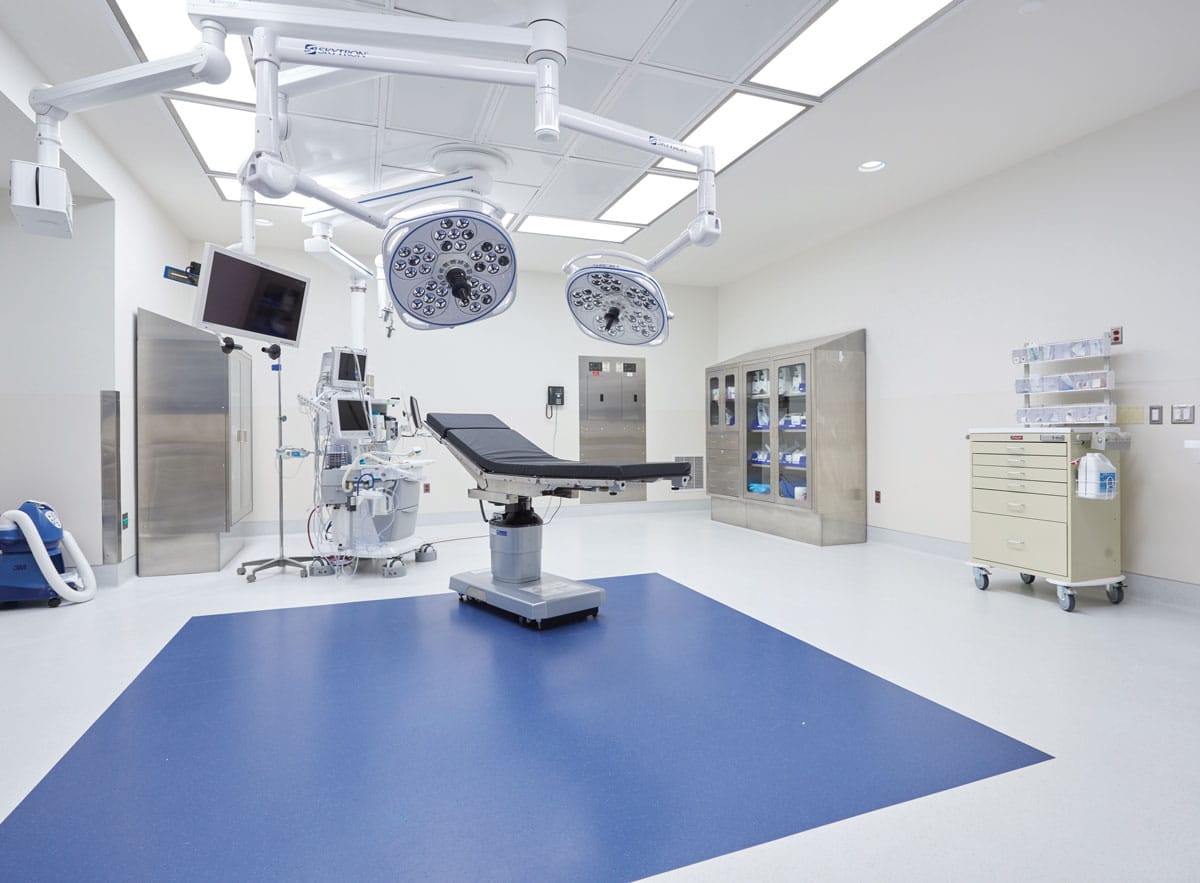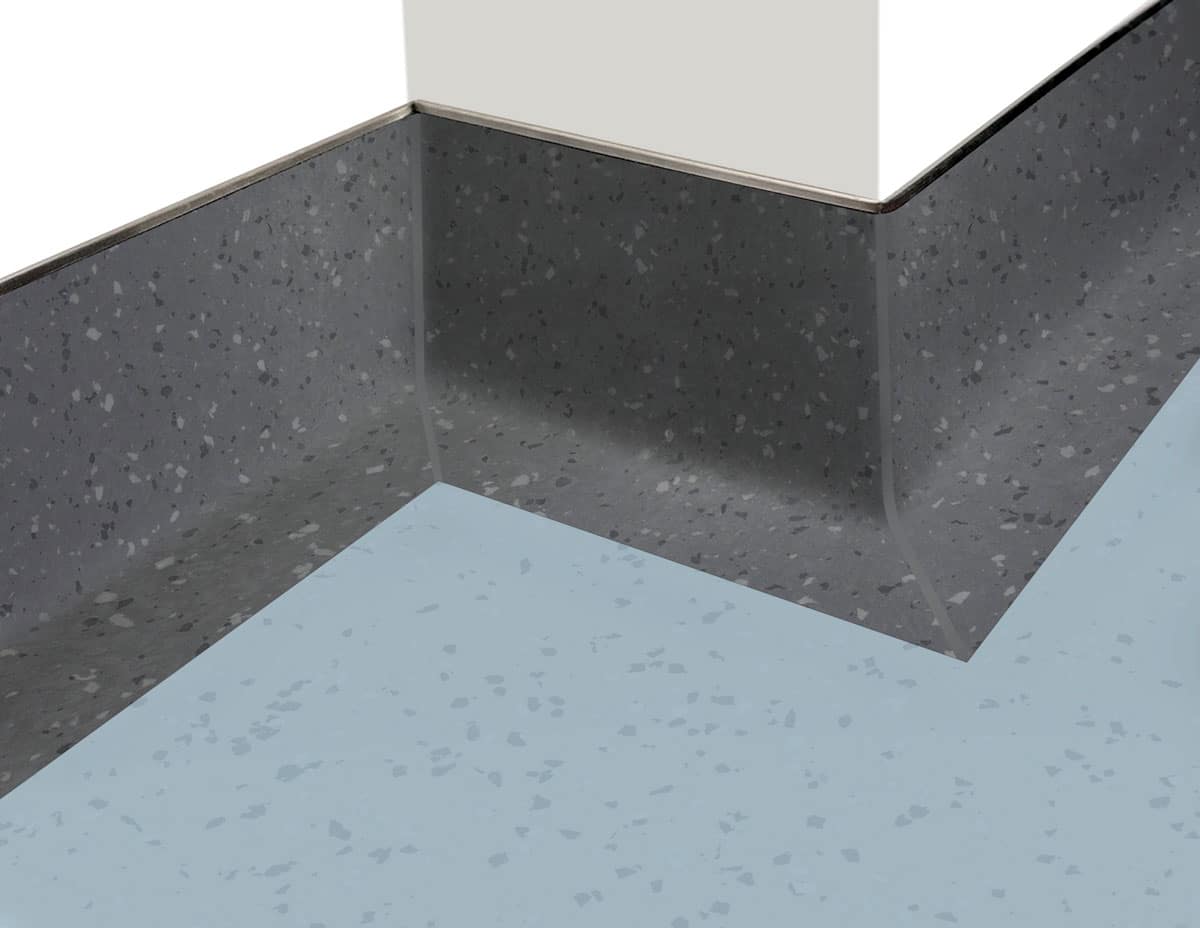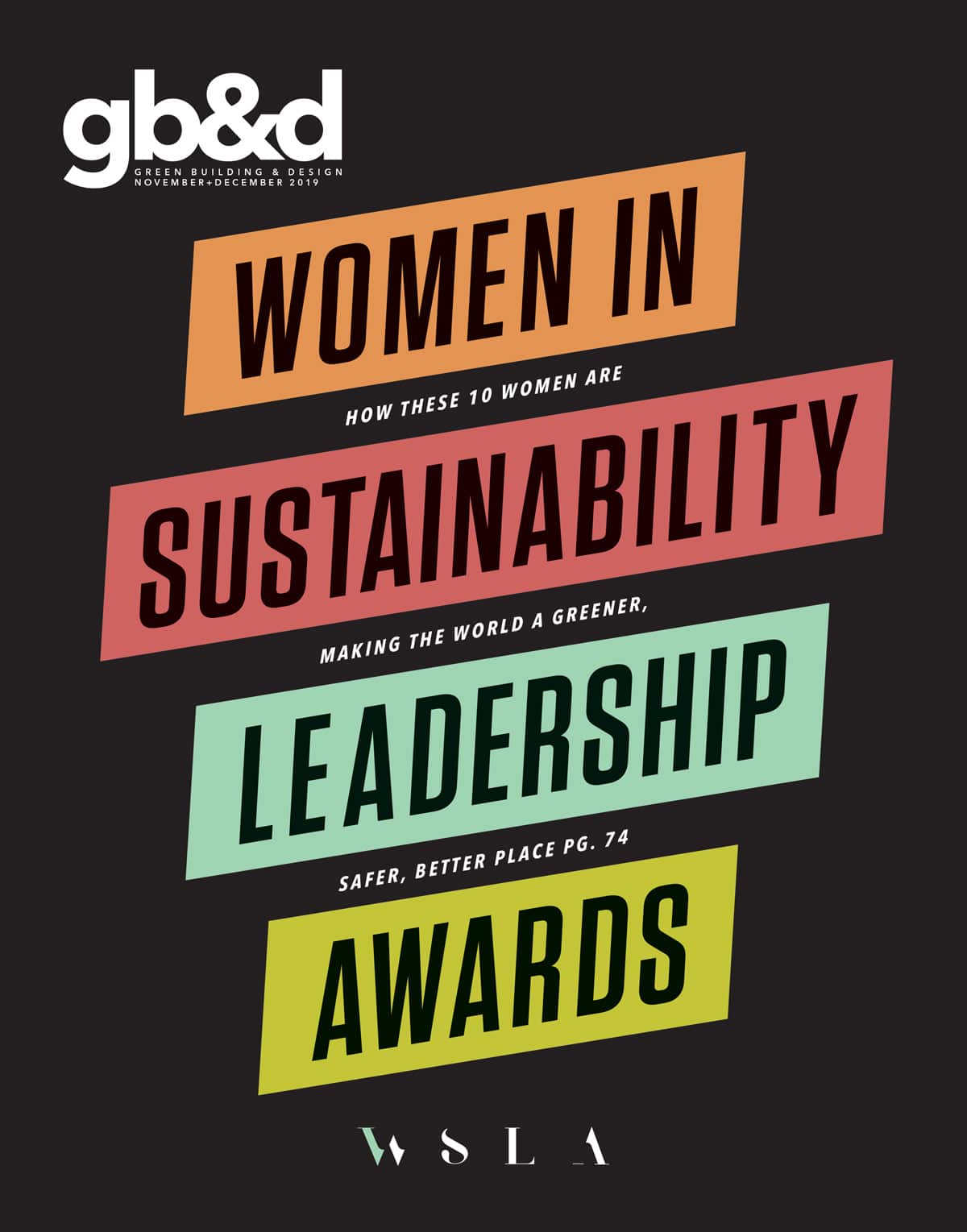
[Photo Courtesy of Roppe]
 Commercial rubber flooring offers up many benefits—durability, sustainability, and low maintenance among them. For more than 60 years, family-owned company Roppe has been committed to making the very best commercial rubber flooring products possible. In this column, Ann Dougherty, the general manager of sustainability at Roppe, explains why you should consider rubber flooring for your next project, and just how the Ohio-based company is committed to giving customers the environmentally friendly products they deserve.
Commercial rubber flooring offers up many benefits—durability, sustainability, and low maintenance among them. For more than 60 years, family-owned company Roppe has been committed to making the very best commercial rubber flooring products possible. In this column, Ann Dougherty, the general manager of sustainability at Roppe, explains why you should consider rubber flooring for your next project, and just how the Ohio-based company is committed to giving customers the environmentally friendly products they deserve.
When it comes to building the best spaces, everything in the interior has to be about the people. It’s about making comfortable spaces—from underfoot comfort to acoustics, especially in large high-traffic areas like hospitals and schools, where a strong material is a must for repeated use.
That’s why Roppe’s commercial rubber flooring is a great solution. As it wears down over time, you simply buff it and its beauty returns. And you don’t have to use the strippers, polishes, or harmful chemicals you’d need to use on a lot of other flooring; just buff with water.

[Photo Courtesy of Roppe]
All of this helps to make rubber flooring even more sustainable. I know projects that have had the same rubber flooring for decades, as owners continued to maintain it. It’s a great investment. You should have the right material for the right use and maintain it so you get the most out of it with the least amount of effort, chemicals, money, and materials.
Roppe also has the IMPACT recycling program. When we put rubber into a project we can take back any old rubber, even if it’s not ours, so it’s chopped into mulch for landscaping or playgrounds. It’s cool and colorful. And within the last year our chemists also cracked the code to take back our Red List-free rubber to make a new product, Tuflex® (learn more in the next issue of gb&d).
Roppe has many certifications that prove our commitment to sustainability. We’re delighted to have the NSF/ANSI 332 certification, a sustainability assessment for resilient floor coverings. We like this because it’s a complete view of sustainability—it looks at many attributes, from how a product is designed to how it’s manufactured, cleaned, and maintained.

